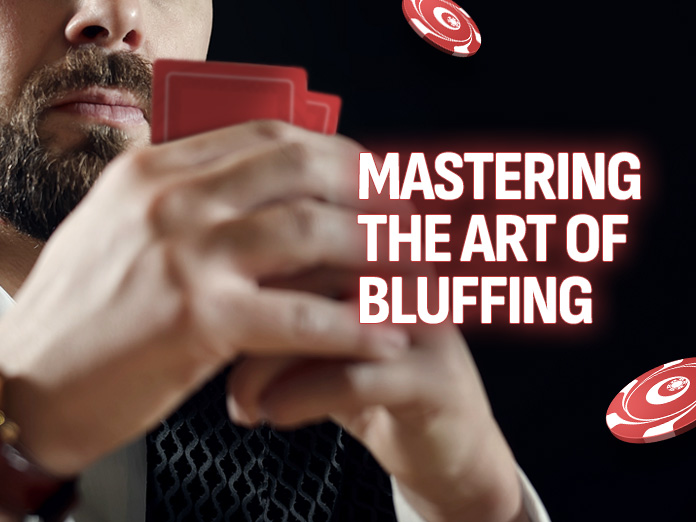Mastering the Art of Bluffing: Tips for Poker Enthusiasts
Understanding the Psychology of Bluffing
Bluffing in poker is an art that requires a deep understanding of human psychology. The ability to project confidence and read opponents’ reactions is crucial. Players often underestimate the importance of psychological insight, which can be a game-changer. Learning to identify tells and understanding the mindset of your opponents can significantly improve your bluffing strategy. By observing betting patterns and body language, you can decide when to make your move. For those looking to practice these skills, speedaud casino provides an excellent platform to test your strategies in real-time.
Another key aspect of bluffing is mastering the art of deception. Successful bluffing involves convincing your opponents that you have a stronger hand than you actually do. This requires a balance between aggression and subtlety. Overbluffing can lead to predictability, while underbluffing may cause missed opportunities. The secret lies in maintaining a consistent table image, which can be achieved through careful observation and adaptation to changing dynamics. Remember, every opponent is different, and what works against one may not work against another.
Timing Your Bluffs Perfectly
Timing is everything in poker, and this is especially true when it comes to bluffing. The success of a bluff often hinges on the ability to choose the right moment to execute it. Factors such as position, stack sizes, and the strength of your opponents’ hands should influence your decision to bluff. By paying close attention to these variables, you can identify opportune moments to bluff. For instance, bluffing when you are in a late position can be more effective as you have more information about your opponents’ actions.
Moreover, it’s crucial to consider the texture of the board. Bluffing on a dry board, where there are fewer potential draws, can be more convincing as it limits the hands your opponents could realistically hold. Conversely, bluffing on a wet board with many potential draws can be risky as your opponents might have a legitimate reason to call. By strategically timing your bluffs based on board texture and player tendencies, you can maximize your success rate and keep your opponents guessing.
Building a Table Image that Supports Bluffing
Your table image plays a significant role in the effectiveness of your bluffs. A tight and conservative image can make your bluffs more believable, as opponents are more likely to fold against a player who usually bets with strong hands. Conversely, a loose and aggressive image can lead to more calls, as opponents may suspect that you are bluffing. Therefore, it’s important to cultivate an image that aligns with your bluffing strategy and adjust it as needed throughout the game.

To build a convincing table image, consistency is key. If you start with a tight image, maintain that perception by playing strong hands aggressively and avoiding unnecessary bluffs. Over time, opponents will start to respect your bets, allowing you to bluff more effectively when the opportunity arises. On the other hand, if you prefer a more aggressive approach, ensure that your bluffs are balanced with genuine strong hands to keep opponents off balance. The ability to switch between different images seamlessly can make you a formidable player at the table.
Exploring Online Platforms for Practicing Bluffing
Online poker platforms offer a valuable opportunity for players to hone their bluffing skills. Websites like speedaud casino provide an environment where you can test your strategies against a diverse range of opponents. The advantage of online play is the ability to participate in multiple games simultaneously, allowing you to practice various bluffing techniques in a short period. Additionally, the anonymity of online poker can help you focus on the strategic aspects of the game without the pressure of face-to-face interactions.
Furthermore, many online platforms offer features such as hand history reviews and statistical analysis, which can be instrumental in refining your bluffing strategy. By reviewing past games, you can identify patterns in your own play and make necessary adjustments. These tools allow for a deeper understanding of your tendencies and how they affect your overall table image. By leveraging the resources available on online poker sites, you can develop a more nuanced approach to bluffing and improve your overall poker game.

Recent Comments